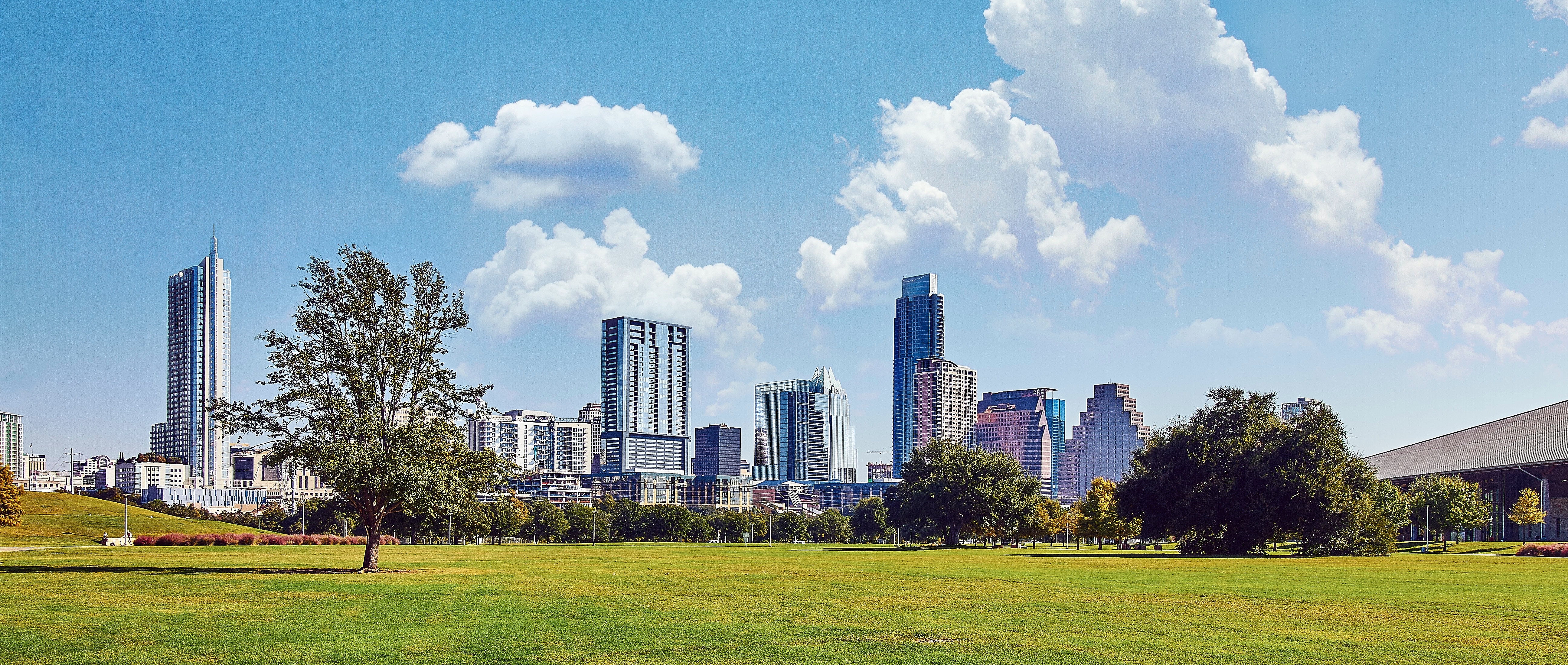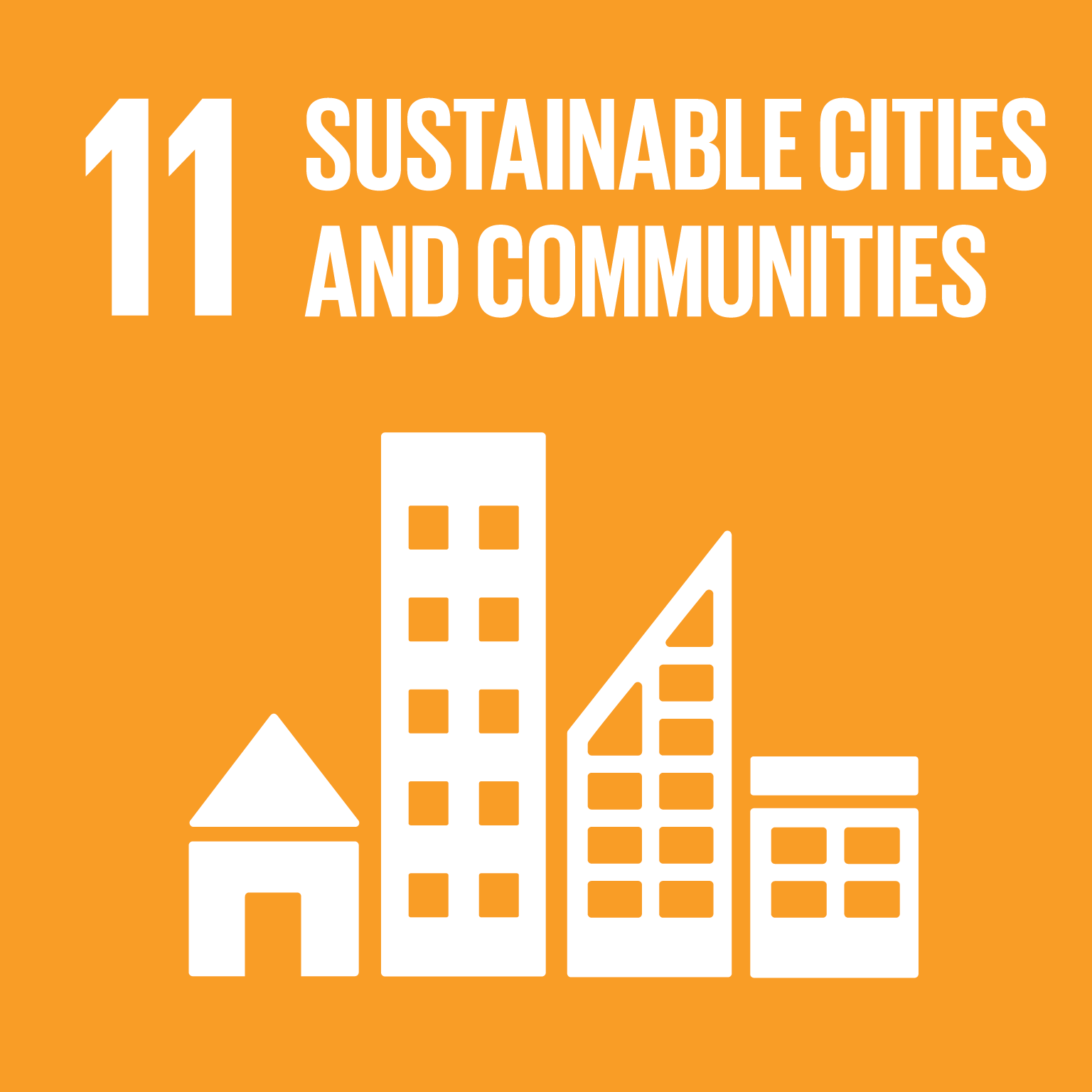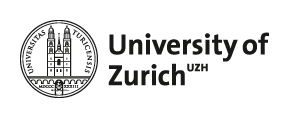Introduction
Urban Green spaces (UGS) can significantly enrich people's quality of life[1]. Accessibility is key to ensuring that people can enjoy the benefits of green spaces in urban areas [2]. Studies have shown the importance of UGS in respect to their benefits and that access to green spaces is vital for urban planning [3][4][5][6]. Benefits of UGS include both improved mental and physical health as well as environmental benefits [3][4][5][6]. Given this importance and urge for considerate urban planning. The United Nations (UN) integrated these findings into their Sustainable Development Goals (SDG) with Goal 11 with the respective target of 11.7. This target focusses on working towards ensuring the accessibility of public spaces including green spaces in urban areas and thus working towards more sustainable cities [7].
Website Navigation
This website is structured in the tab MAP, where an interactive map invites to visually explore the topic and data. Below you can find our research question for the project. In the METHOD tab you can read more about our process, and the tab SOURCES where you find the literature used, acknowledgements and all software used for this project. In the tab TEAM there is a short overview of the group which was working on this topic and where you have opportunity to get in contact with the team for further questions, suggestions or insights.
What are Urban Green Spaces?
The definition of urban green space varies. However, it can be understood as an urban stretch that is covered by vegetation and accessible to the public free of charge[8]. The vegetation can vary from grass to trees, shrubs or other vegetation[9].
What are the SDG?
The UN has set an agenda to ensure sustainable development by 2030 for peace and prosperity for people and the planet, now and in the future. In 2015, this agenda was adopted by all member states of the United Nations. The SDGs include 17 headline targets and 169 sub-targets, addressing economic, social, and environmental aspects. More detailed information can be found on the official UN website covering the 17 SDGs[7].


